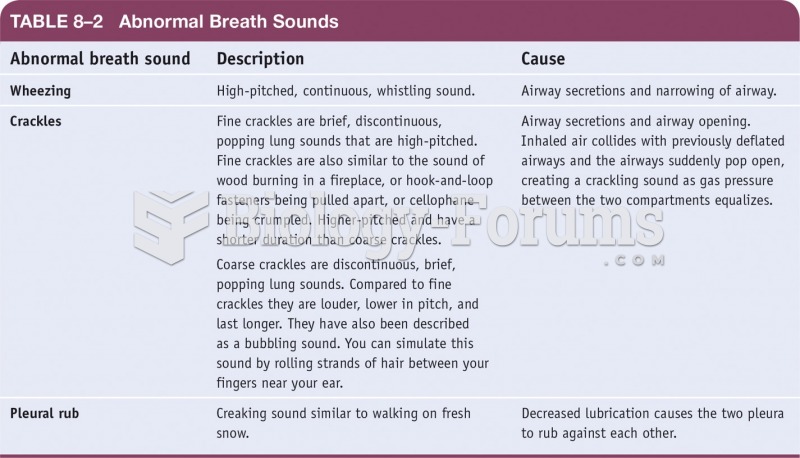|
|
|
Did you know?
The horizontal fraction bar was introduced by the Arabs.
Did you know?
The training of an anesthesiologist typically requires four years of college, 4 years of medical school, 1 year of internship, and 3 years of residency.
Did you know?
Approximately 25% of all reported medication errors result from some kind of name confusion.
Did you know?
Increased intake of vitamin D has been shown to reduce fractures up to 25% in older people.
Did you know?
If you could remove all of your skin, it would weigh up to 5 pounds.







